After exploring the grounds of the Shin-Yakushi-ji Temple, I headed towards Byakugō-ji Temple. By then, I was already feeling quite tired, and to be honest, I was tempted to just head back. However, since I had come all the way to Nara, I decided to push myself a bit further and make the trip to Byakugō-ji.
What made Byakugō-ji special was that it had a unique charm that set it apart from the other temples and shrines I had visited so far. Personally, I’m glad I decided to visit it, and I hope that if you’re interested, you’ll read this article to the end.
What is Byakugō-ji Temple?
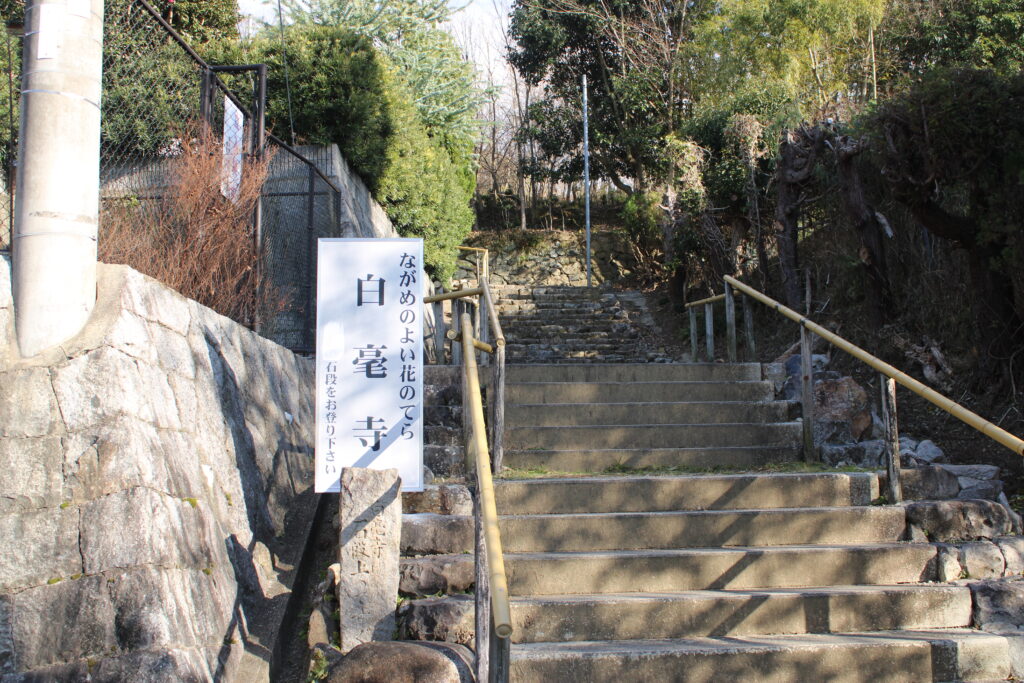
Located at the western foot of Mount Kōen, which extends southward from the mountain ranges of Wakakusa and Kasuga in the eastern part of Nara City, Byakugō-ji Temple lies in a region once called Kōen. It is said that this area was the site of the palace of Prince Shiki, the seventh son of Emperor Tenji, and that the palace was later converted into a temple.
During the Kamakura period, the monk Eison, who founded the Shingon Ritsu sect at Saidaiji and restored many temples, is credited with the reconstruction and development of Byakugō-ji. Despite facing various challenges, such as the fire of Meiō 6 (1497) and the Meiji-era destruction of Buddhism, the temple slowly continued to be restored and developed, reaching its present state.
Additionally, Byakugō-ji is known for its abundant natural beauty. In spring, flowers such as camellias bloom, while in autumn, the paths are lined with the vibrant red and white blossoms of bush clovers. It is a quiet temple, renowned for the beauty of its flowers and serene atmosphere.
Exploring the temple grounds
Now, I arrived at the grounds of Byakugō-ji Temple. From there, I had to climb quite a few stairs. As a man in my forties, I found myself breathing heavily, making slow but steady progress, trying my best to push on…
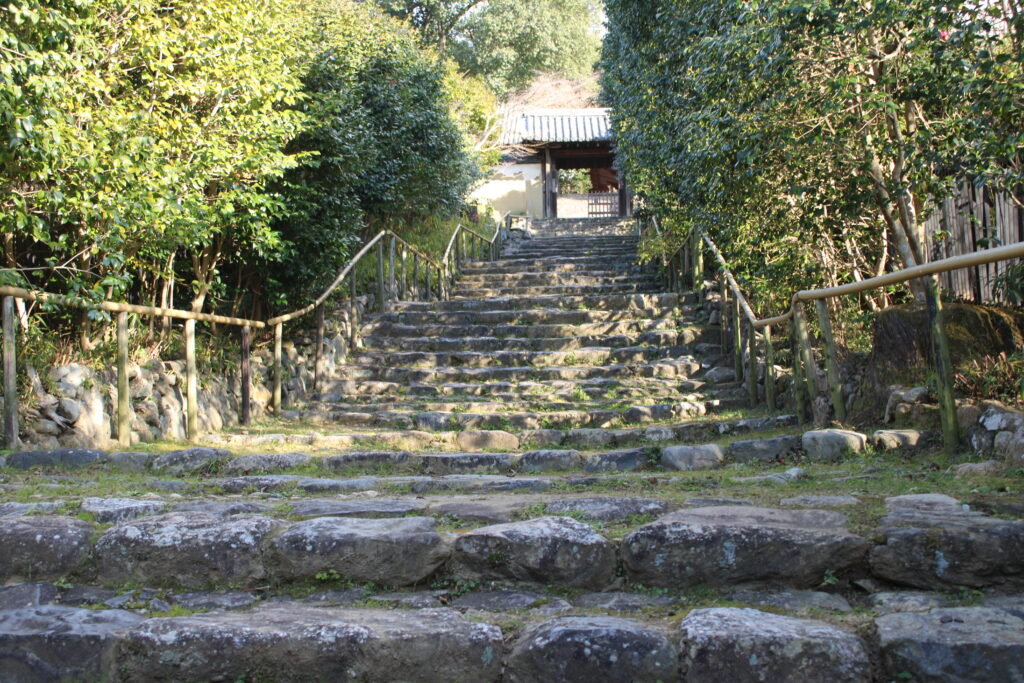
Climbing the stairs was tough, but the view made it all worth it. As you can see in the photo below, I could take in a breathtaking panoramic view of Nara city from above! Looking at the scenery, I felt a sense of openness in my heart. I was so glad I made it this far!
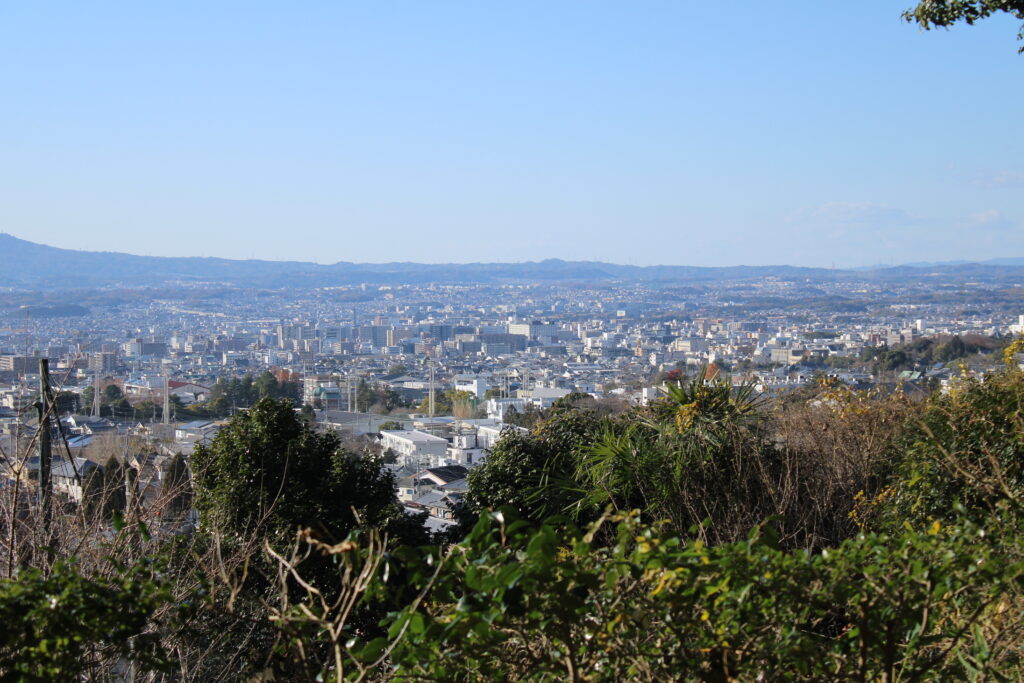
As I explored the temple grounds, I came across the Hōzō (Treasury). Inside, there are many important cultural properties, including the main image, the seated Amida Nyorai statue (from the Heian to Kamakura period, Important Cultural Property), and the standing Jizō Bosatsu statue (from the Kamakura period, Important Cultural Property).
What left a particularly strong impression on me was the seated Enma-ō statue (from the Kamakura period, Important Cultural Property). With its fierce expression and piercing eyes with inlaid crystal pupils, it almost feels like the statue is glaring at you with a powerful intensity. The aura of the statue makes it seem as though it’s watching you, adding to its imposing presence.
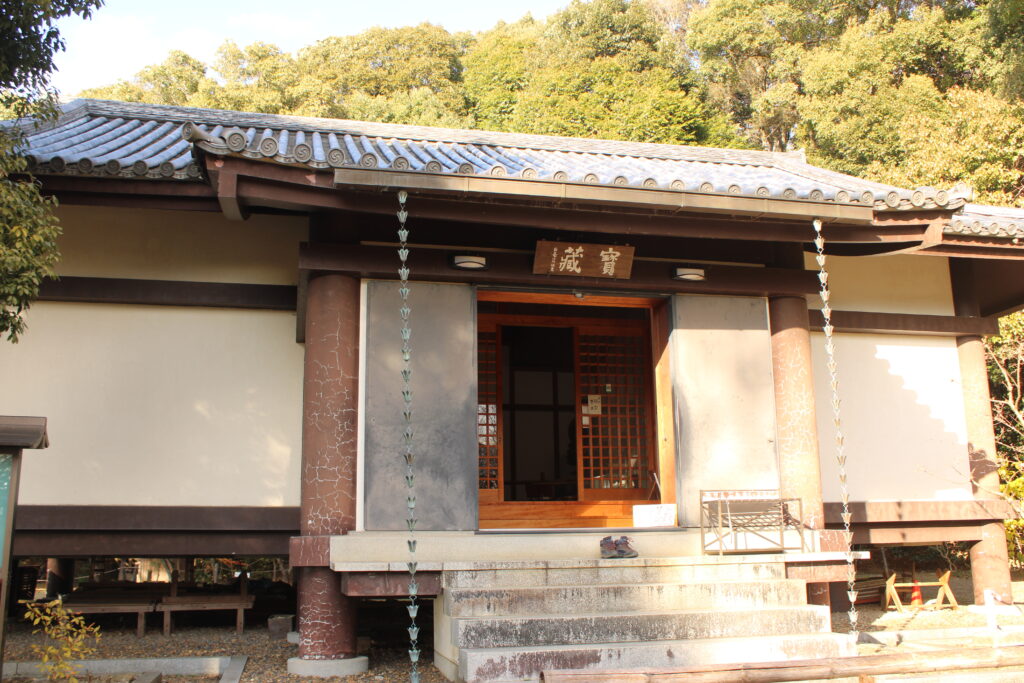

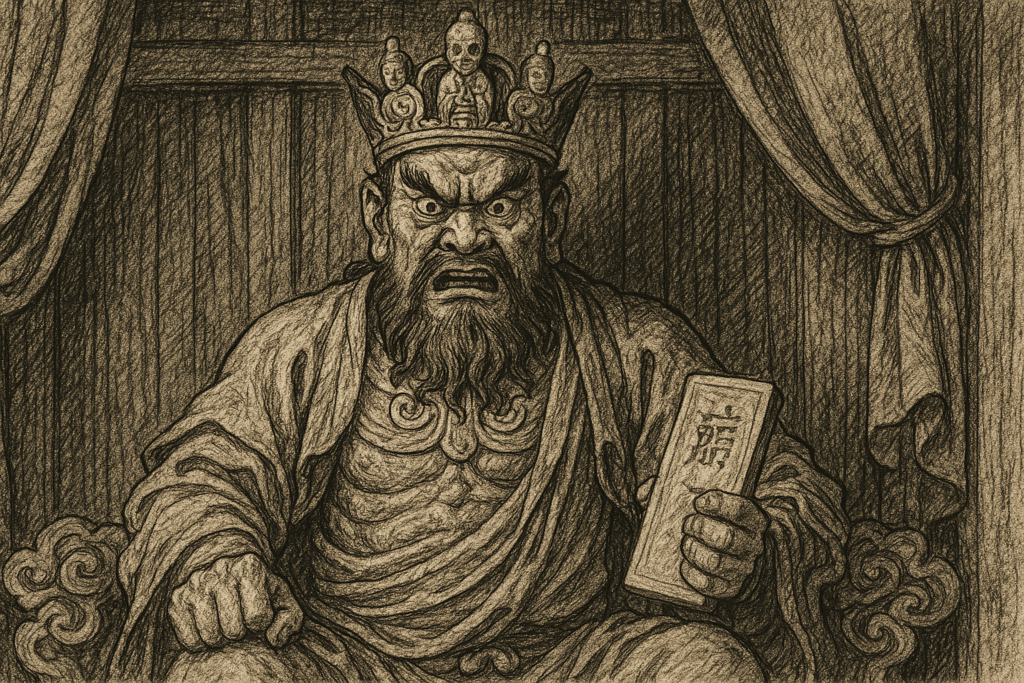
Additionally, along the stone Buddha path, various stone statues are lined up. It’s hard to put into words, but there’s something deeply stirring about seeing these ancient stone statues. There’s a sense of nostalgia, perhaps even a touch of sadness… I can’t quite explain it, but somehow, these old stone Buddhas seem to resonate with something in my heart.
Also, since it was the end of December, the autumn foliage season had already passed, but the fallen maple leaves had created a beautiful carpet on the ground, which was lovely in its own right.
Moreover, the temple also features a Manyō poetry monument, among other cultural and historical highlights, making it a place full of fascinating things to explore.
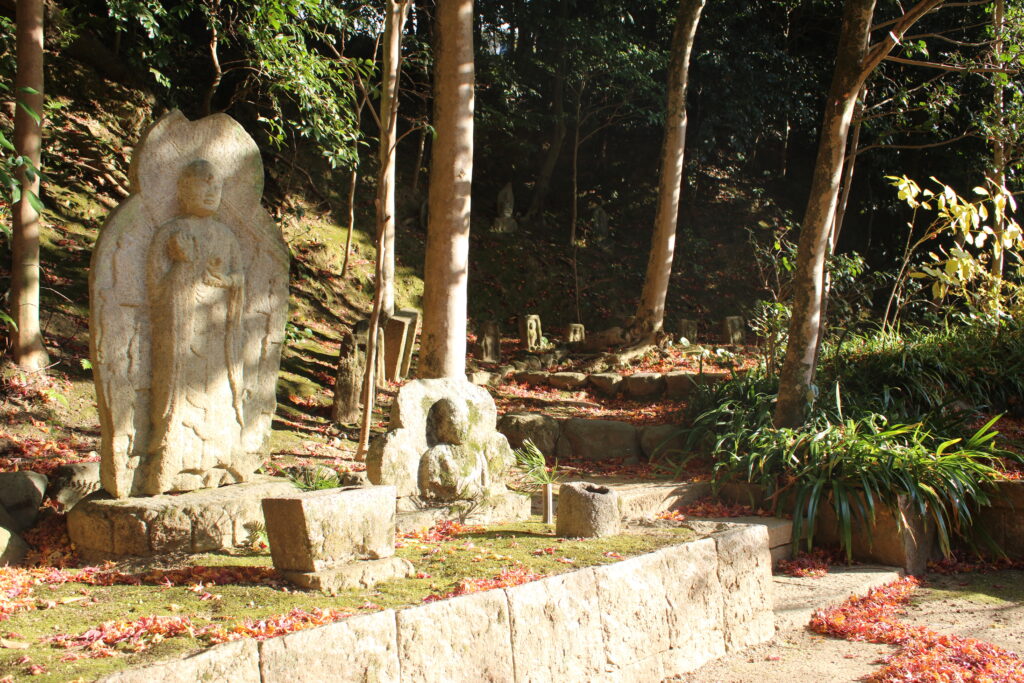
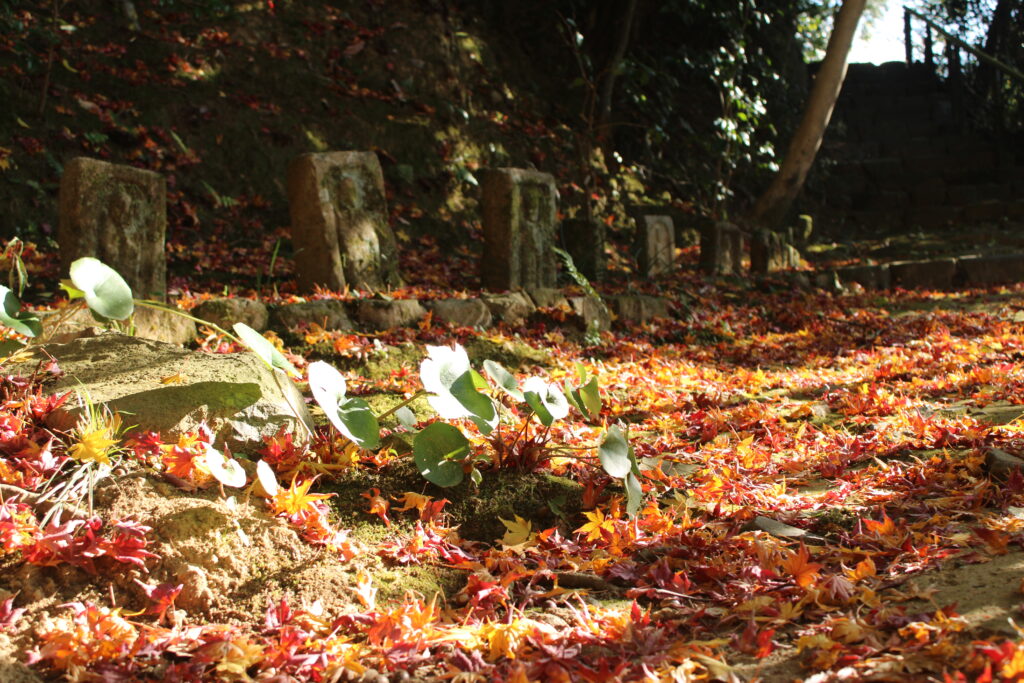
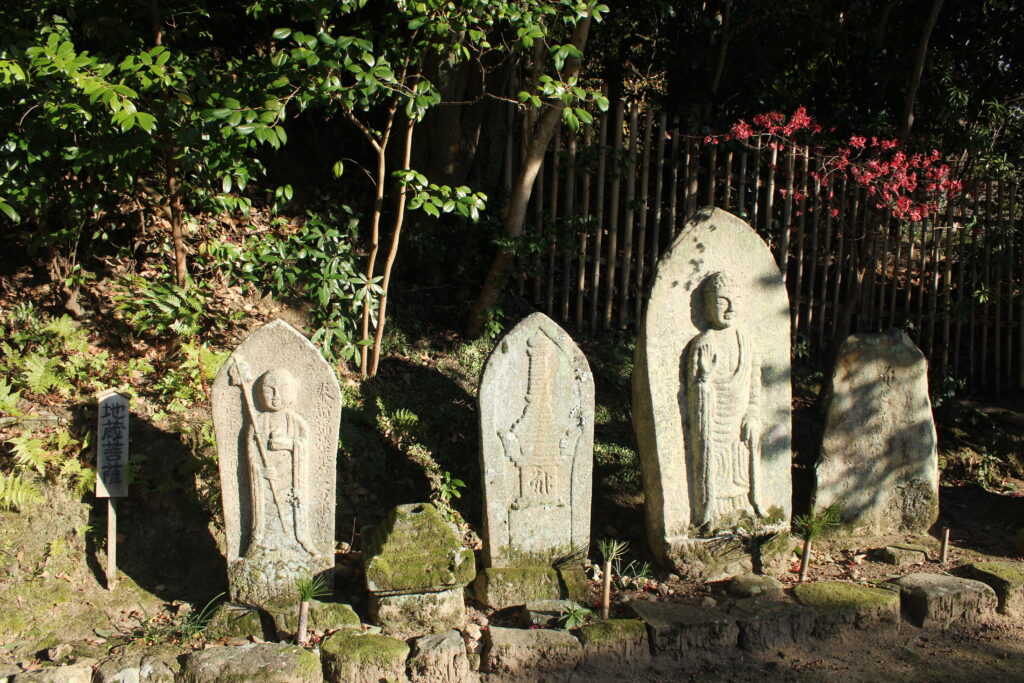
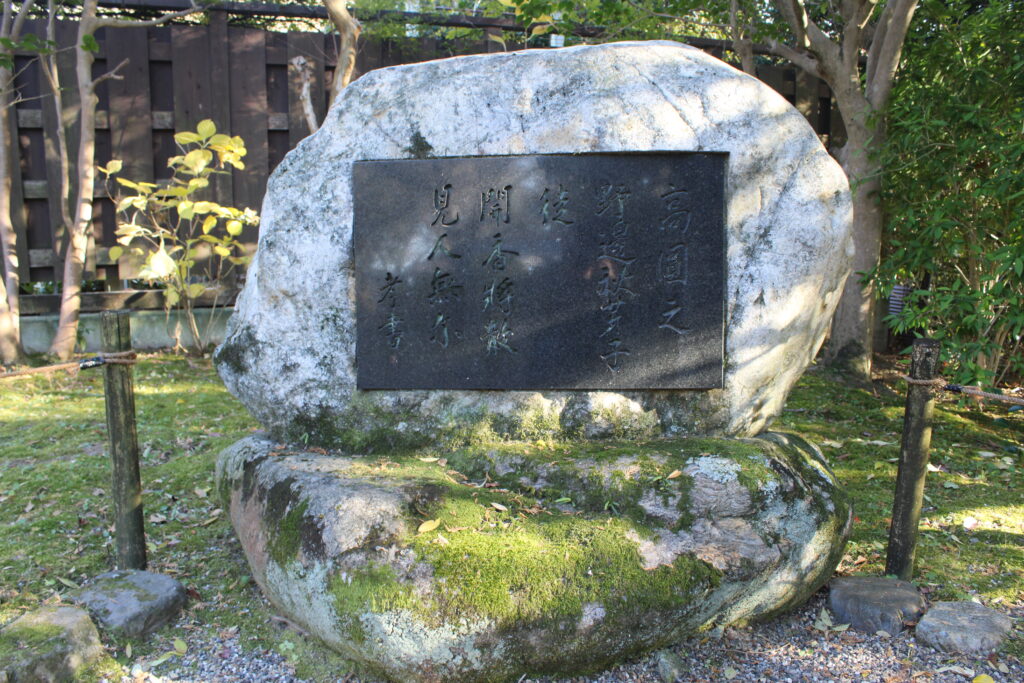
Conclusion
I had originally thought of Byakugō-ji as something of an afterthought, but it turned out to be a wonderful temple that combines the charm of both its statues and its scenery. It really goes to show that you can’t fully appreciate a place’s true appeal until you experience it in person.
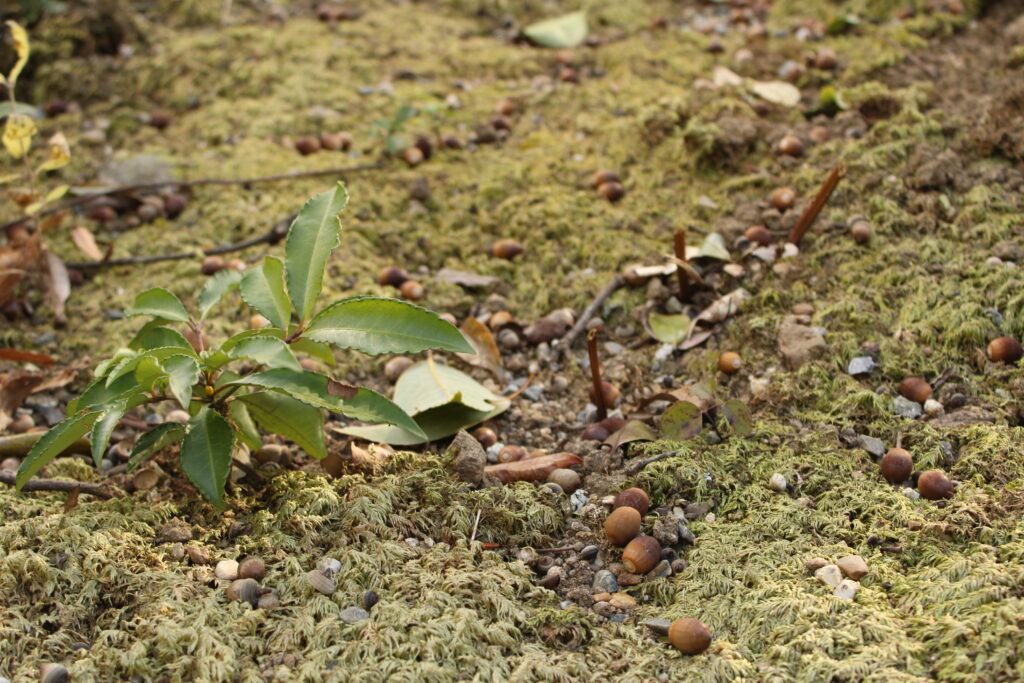
And so, my day of exploration, which began at Kōfuku-ji, came to an end. Since it was quite far, I decided to take the bus on the way back. After leaving Byakugō-ji, I walked west for a while and reached the Takahata Jūtaku bus stop, from where I took the bus to JR Nara Station. There is also a bus stop called Byakugō-ji on the way, but the bus schedule was infrequent, so I didn’t use it.
As a side note, for dinner on the second day, I went to a place called “Nara Umai-mono Plaza” inside Nara Station. It’s a shop that sells locally produced ingredients from Nara, and there is a cafeteria in the back. The reason I chose it was that I wanted to try something that would give me a taste of Nara.
The dish I ordered was a hamburger, which came with a variety of vegetables grown in Nara, piled high on the plate. However, the hamburger itself was small, so it might be more suitable for women. As a man in my forties who enjoys a hearty meal, I found it a bit lacking. But, since I love vegetables, it was fine. If you’re ever unsure of where to eat, this place isn’t a bad option to try!
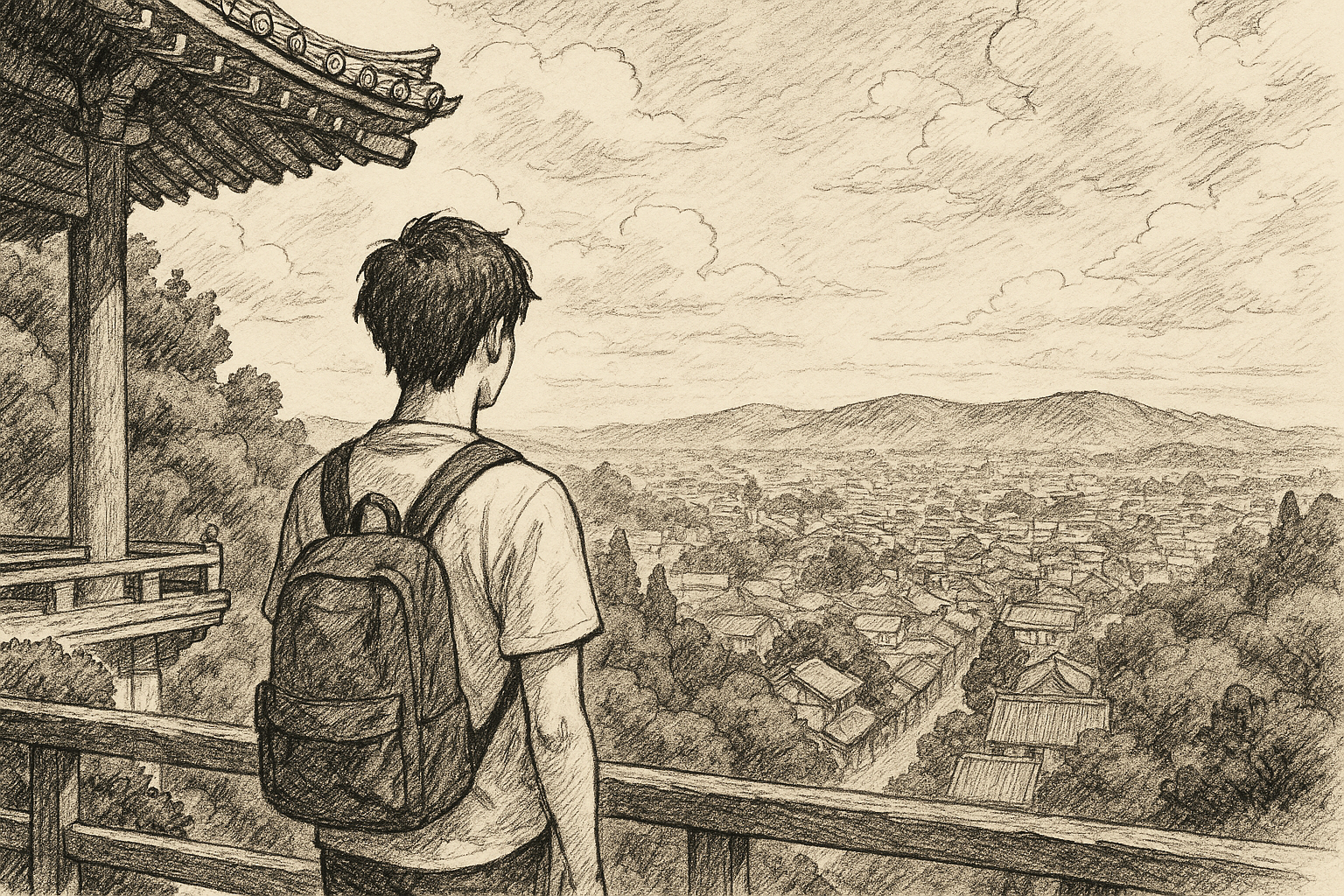


コメント